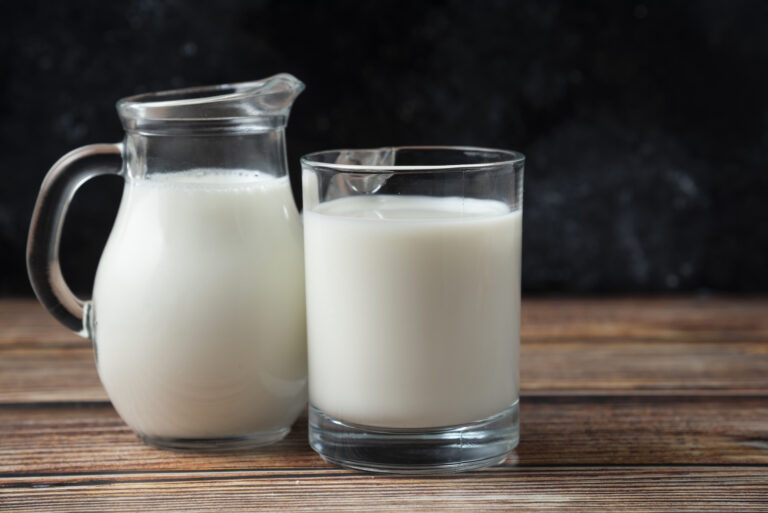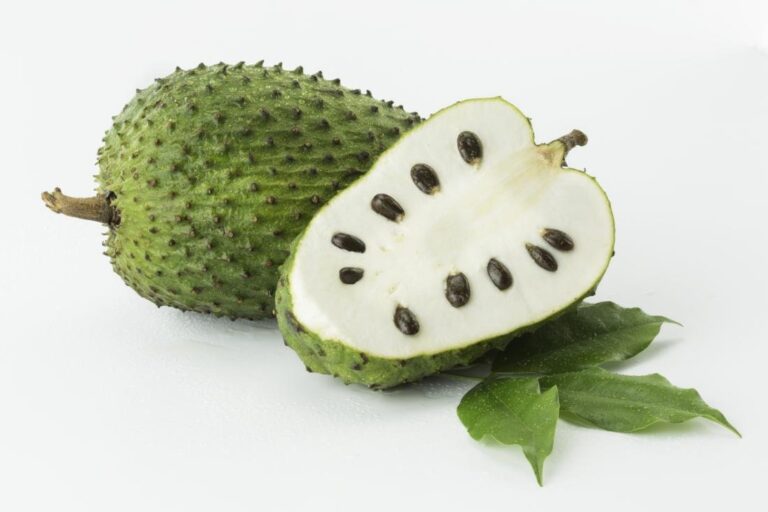2% milk, also known as reduced-fat milk, is a widely consumed dairy product. In this comprehensive blog post, we will delve into the origin, benefits, and nutritional content of 2% milk. We’ll answer common questions and help you understand why it’s a preferred choice for many.
What Is 2% Milk?
2% milk, also known as reduced-fat milk, is a type of milk that has had some of the fat content removed. It contains approximately 2% milkfat by weight, which makes it a lower-fat option compared to whole milk. The fat in milk is primarily composed of saturated fats.
The removal of some of the fat reduces the overall calorie content and fat content of the milk, making it a lighter alternative while still retaining much of the milk’s nutritional benefits, such as protein, vitamins, and minerals. 2% milk is often chosen by individuals who want a compromise between the richness of whole milk and the lower fat content of skim milk, which contains virtually no fat.
Origin
The practice of milking cows and consuming their milk has ancient origins, with evidence of dairy farming dating to various ancient civilizations, including those in the Middle East, Europe, and Asia.
The concept of producing milk with reduced fat content, such as 2% milk, is a more recent development. It is a product of modern dairy processing and technological advancements. Dairy producers separate the fat from milk to create various fat content options, including whole milk (with about 3.25-3.5% milkfat), 2% milk (with approximately 2% milkfat), 1% milk (with around 1% milkfat), and skim milk (virtually fat-free).
How Is It Made?
2% milk is made by partially removing the fat content from whole milk. Here’s a general overview of the process:
Collection of Milk:
The process begins with the collection of fresh cow’s milk from dairy farms. This milk can be either raw or pasteurized, depending on the desired end product and local regulations.
Separation:
The milk is then subjected to a separation process. In this step, the milk is centrifuged to separate the fat from the liquid portion. The fat separates from the skim milk, which contains very little fat. This separation process is where the 2% milk gets its name, as it typically contains around 2% milk fat.

Mixing:
After separating the fat, the skim milk and fat are carefully remixed in specific proportions to achieve the desired fat content, which is approximately 2%.
Pasteurization:
The milk is then pasteurized, which involves heating it to a specific temperature for a set period to kill harmful bacteria and ensure food safety. Pasteurization helps extend the milk’s shelf life.
Homogenization:
Homogenization is the process of breaking down the fat globules in the milk into smaller, uniform-sized particles. This step ensures that the fat is evenly distributed throughout the milk, preventing the fat from separating and forming a layer on top.
Cooling and Packaging:
The milk is rapidly cooled after pasteurization to maintain its freshness and flavor. It is then packaged in containers, typically cartons or plastic jugs, and is ready for distribution.
The result is 2% milk, which retains some of the creaminess and flavor of whole milk but has a lower fat content, making it a popular choice for people seeking a balance between taste and reduced fat intake.
Nutritional Contents
The nutritional content of 2% milk, like other milk products, can vary slightly based on factors such as the breed of the cow, their diet, and the specific production process. However, here is a general overview of the nutritional content of 2% milk per 1-cup (240 ml) serving:
- Calories: Approximately 122 calories
- Protein: About 8 grams
- Carbohydrates: Approximately 12 grams (primarily in the form of lactose, a natural sugar found in milk)
- Fat: Around 5 grams, with about 3 grams of saturated fat
- Vitamins and Minerals:
- Calcium: About 286 mg (important for bone health)
- Vitamin D: Typically fortified with vitamin D to enhance calcium absorption
- Vitamin A: Contains a moderate amount of vitamin A
- Riboflavin (Vitamin B2): Provides a source of this B-vitamin
- Phosphorus: Around 224 mg (important for bone and cell health)
- Potassium: Approximately 366 mg
- Other vitamins and minerals in smaller amounts
2% milk is a good source of high-quality protein and essential nutrients, such as calcium, which is crucial for maintaining strong bones and teeth. It also provides vitamin D, which is often added to milk to help with calcium absorption and to address vitamin D deficiencies in some populations.

Health Benefits Of 2% Milk
Certainly, there’s a different style of describing the benefits of 2% milk:
2% milk, often referred to as reduced-fat milk, boasts a diverse array of advantages for those who savor its creamy embrace. This milk variety strikes a harmonious balance between the indulgent richness of whole milk and the austerity of skim milk, offering a unique blend of flavor and health benefits.
- Nutrient Richness: Within every velvety sip of 2% milk, you’ll find a wealth of essential nutrients. This includes calcium, the cornerstone of strong bones and teeth, and a symphony of vitamins and minerals like vitamin D, vitamin A, riboflavin, phosphorus, and potassium, each playing its own vital role in nurturing your well-being.
- Protein Power: The protein content in 2% milk is a compelling reason to make it a regular part of your diet. This high-quality protein source supports muscle growth and repair, making it an ally for active lifestyles and the maintenance of your body’s structural integrity.
- Satisfying Creaminess: The modest presence of fat in this milk provides a delightful creaminess that caresses your palate with each sip. This delightful attribute can help you feel pleasantly full, which is particularly advantageous for those seeking to manage their appetite and dietary choices.
- Versatility in the Kitchen: Beyond the glass, 2% milk gracefully transcends into the kitchen, lending its rich character to an array of culinary creations. Whether you’re whipping up a savory sauce or baking delectable pastries, 2% milk’s versatility makes it a chef’s secret weapon.
In essence, 2% milk offers a tapestry of nutritional benefits, culminating in a well-rounded and satisfying beverage that caters to a broad spectrum of tastes and dietary preferences.
In conclusion, 2% milk is a versatile and balanced choice for those who want the goodness of dairy with less fat. Whether you’re using it in your morning coffee, cooking in the kitchen, or providing it to your family, it offers a flavorful and nutritious option.
I hope you got the answer to your query. Click here to view our collection of further articles and blog posts.














